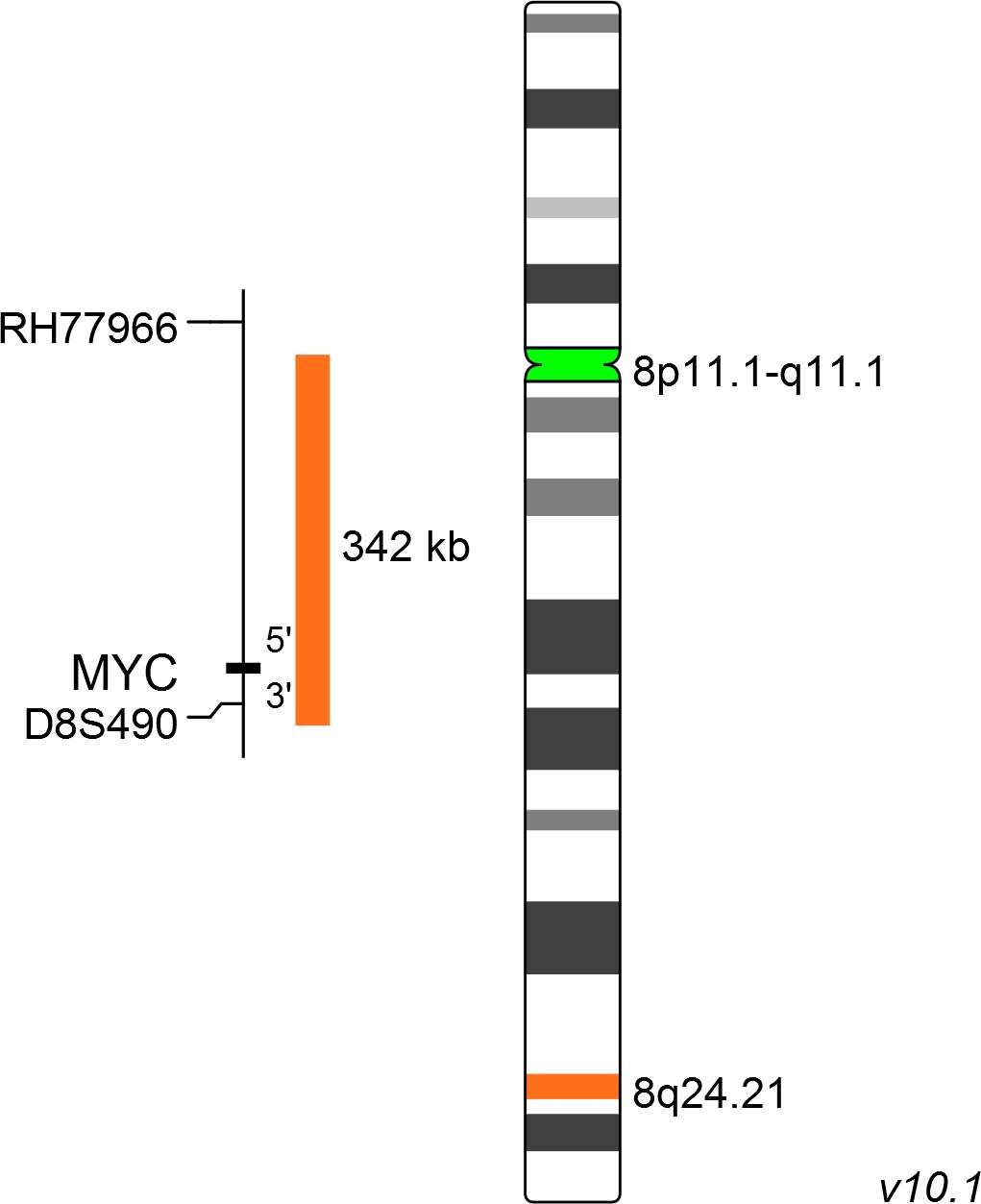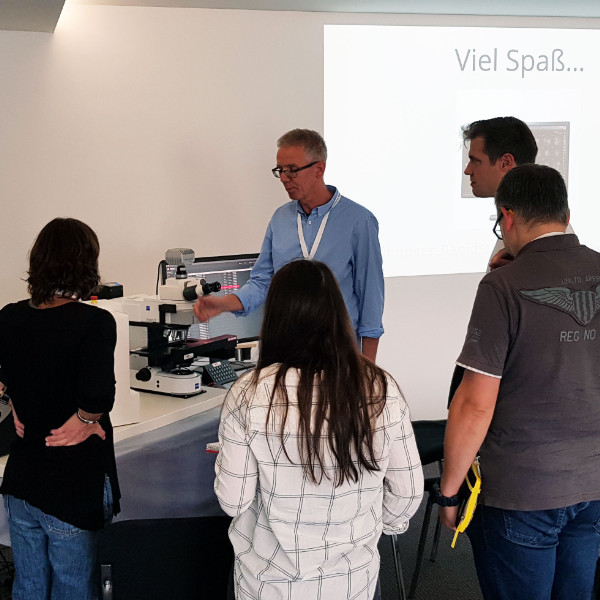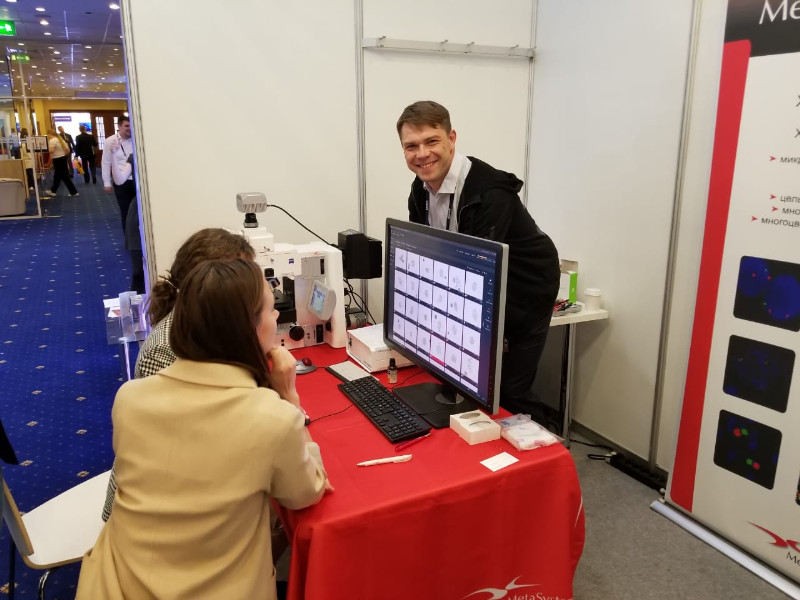About 100 guests from 36 countries met on the XVIII. MetaSystems Distributor Meeting (DM) in November to exchange experiences and to get to know new trends and developments at MetaSystems.

Our internet site may contain information that is not approved in all countries or regions. To ensure accuracy of content, please select your country/region of residence. Choose International if your country is not listed.
This information will be saved using cookies. To find out more about cookies, read our Privacy Policy.
Please select your country of residence. Choose International if your country is not listed.
Our internet site may contain information that is not approved in all countries or regions. To ensure accuracy of content, it is required that you select the site which is appropriate for your country of residence.
Based on your previous selection, you have been forwarded to the website for International.
MetaSystems Probes has already certified a large part of its portfolio, according to IVDR. For organizational reasons, we currently provide only the IVDD product.
Discover all IVDR-certified products
XL MYC amp consists of an orange-labeled probe hybridizing to the MYC gene region at 8q24.21 and a green-labeled probe hybridizing to the centromere of chromosome 8.
Probe maps are created in accordance with the intended purpose of the product. Solid colored bars do not necessarily indicate that the probe fully covers the indicated genomic region. Therefore, caution is advised when interpreting results generated through off-label use. Probe map details based on UCSC Genome Browser GRCh37/hg19. Map components not to scale. Further information is available on request.
Amplification of MYC has been described in many types of tumor, including breast, cervical and colon cancers, as well as in squamous cell carcinomas of the head and neck, myeloma, non-Hodgkin lymphoma, gastric adenocarcinomas and ovarian cancer. MYC is the most frequently amplified oncogene and the elevated expression of its gene product correlates with tumor aggression and poor clinical outcome.
The proto-oncogene MYC, located at 8q24.1, encodes a nuclear phosphoprotein transcription factor which has an integral role in a variety of cellular processes, such as cell cycle progression, proliferation, metabolism, adhesion, differentiation, and apoptosis.

Normal Cell:
Two green (2G) and two orange (2O) signals.

Aberrant Cell (typical results):
Two green (2G) and one separate orange (1O) signal, and orange signal clusters indicating amplification of MYC (homogeneously staining region = HSR).

Aberrant Cell (typical results):
Two green (2G) and multiple copies of orange signals indicating amplification of MYC (double minute=dm).
Certificate of Analysis (CoA)
or go to CoA DatabaseNeon, the outstanding MetaSystems case and image management system, offers many tools and helpful gadgets to streamline routine workflows, for example in cytogenetics labs. The second MetaSystems User Day, addressed to MetaSystems clients from Germany, Austria, and Switzerland, provided in different workshops knowledge helping to unleash the full power of the system.

The Congress 'Genetics of XXI Century' in Moscow, Russia (May 2019) has been one of the most important events for the professional international community of geneticists. Our partner company in Russia OOO MetaSystems considered it a good occasion to present the new camera CoolCube 4 connected to a state-of-the-art Neon system to the public.
